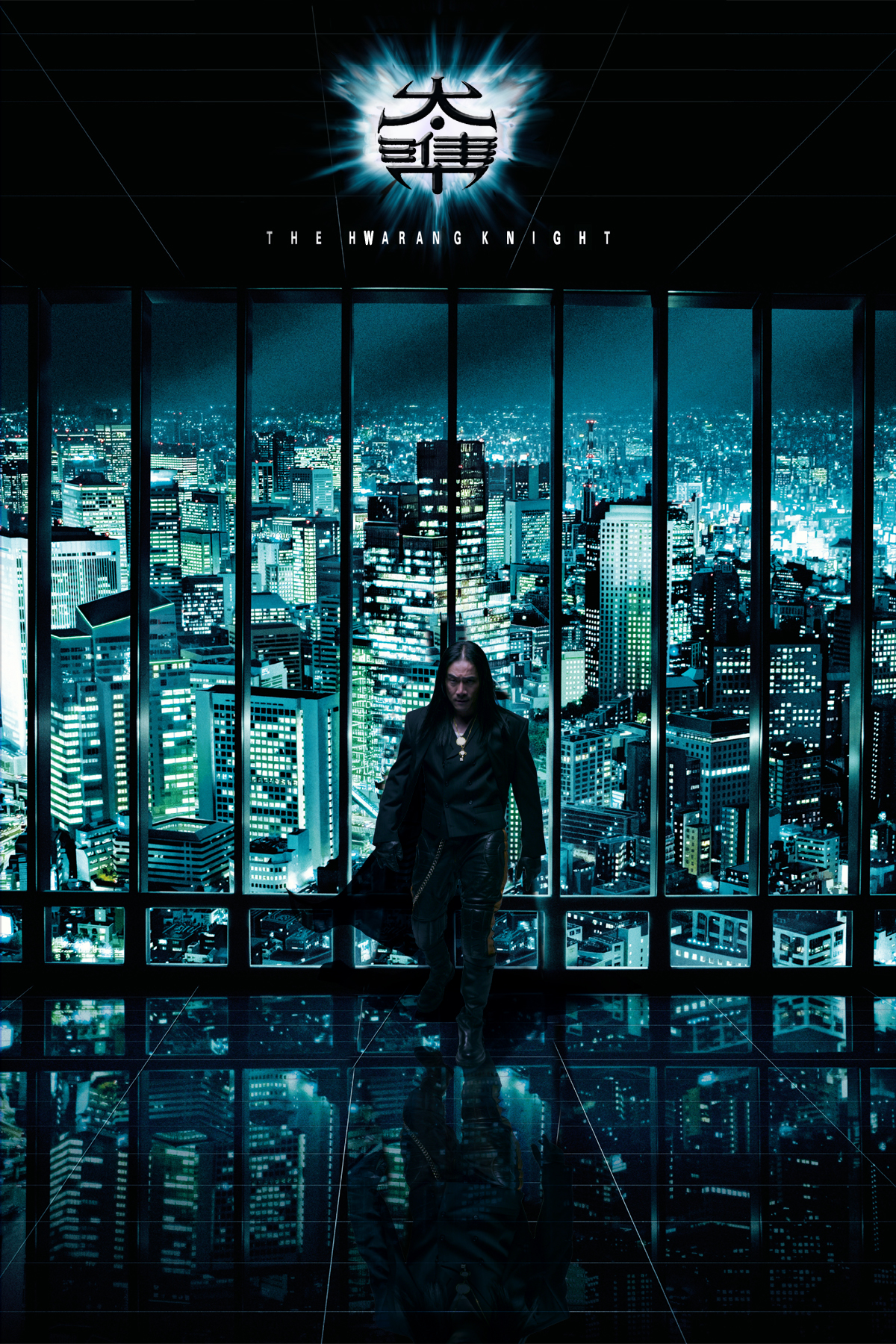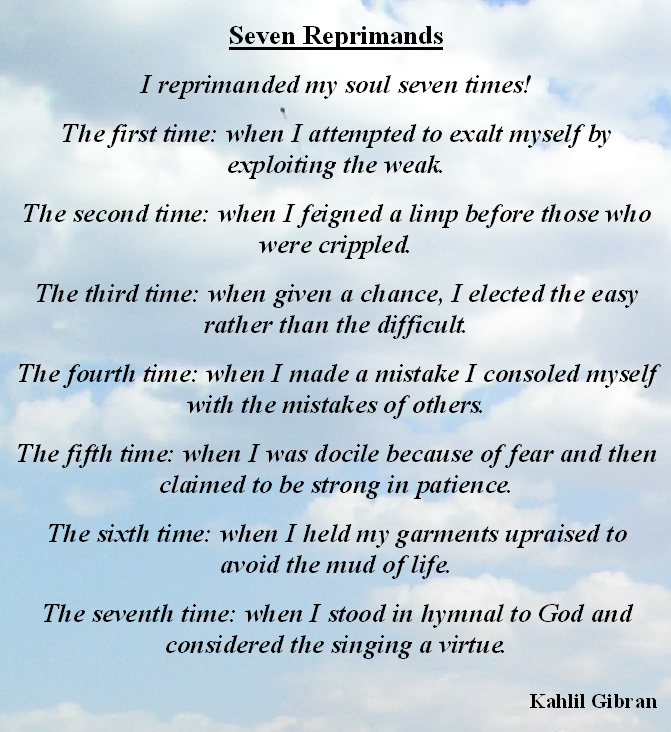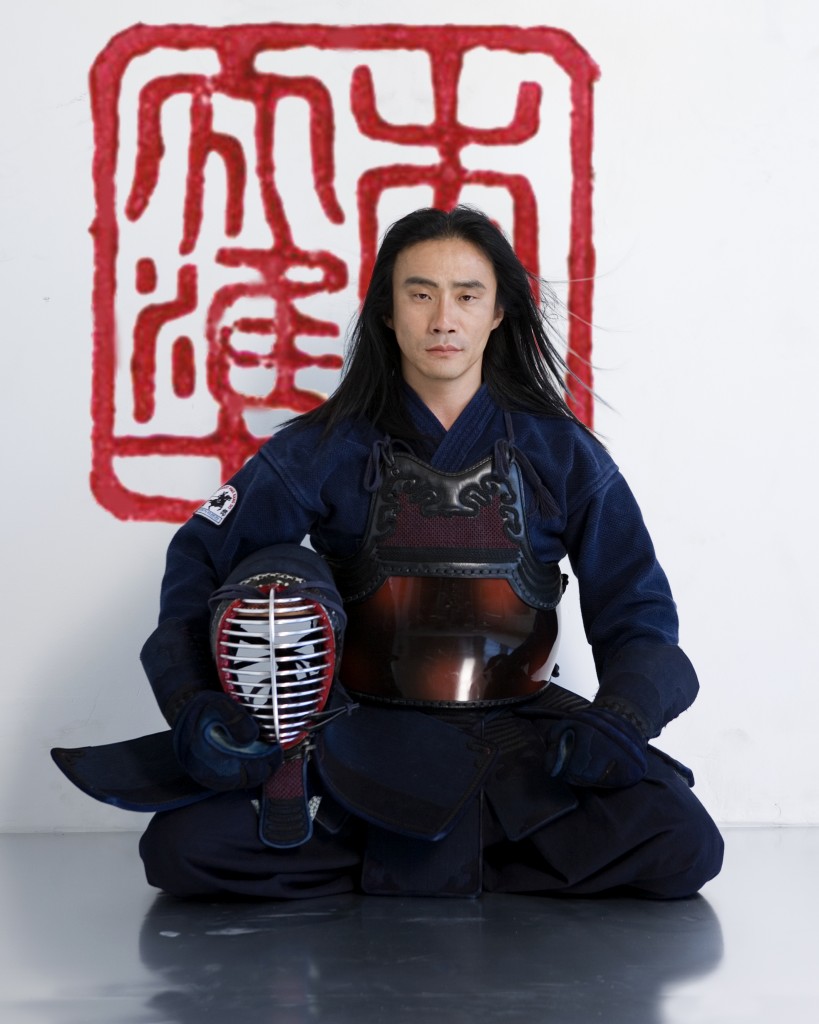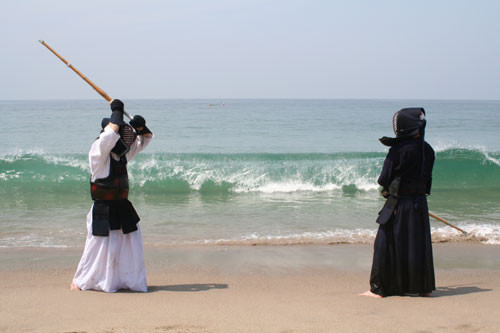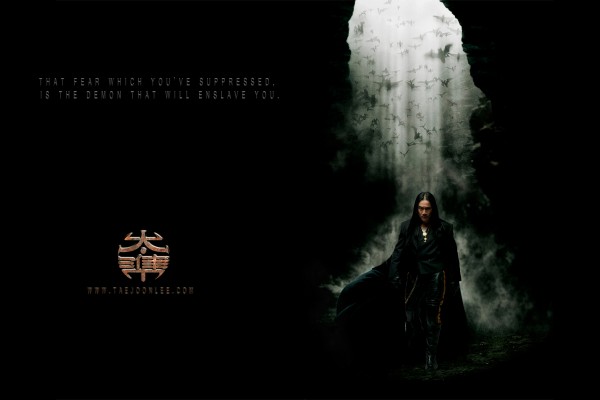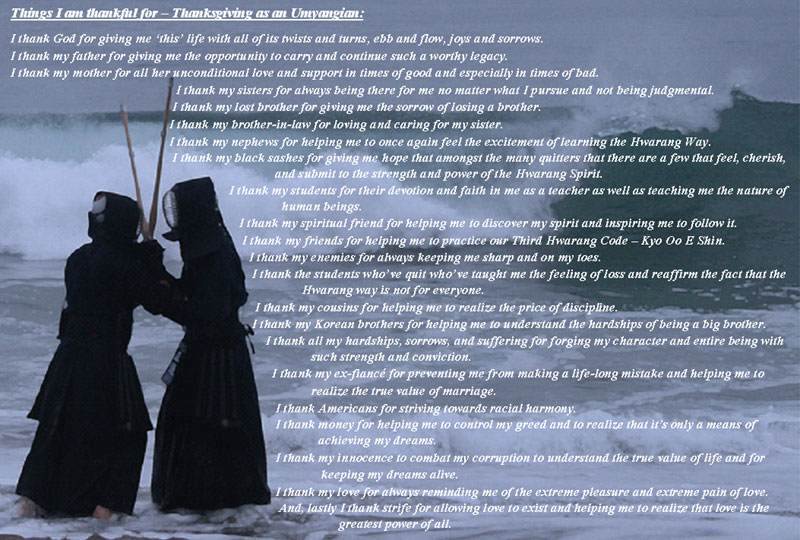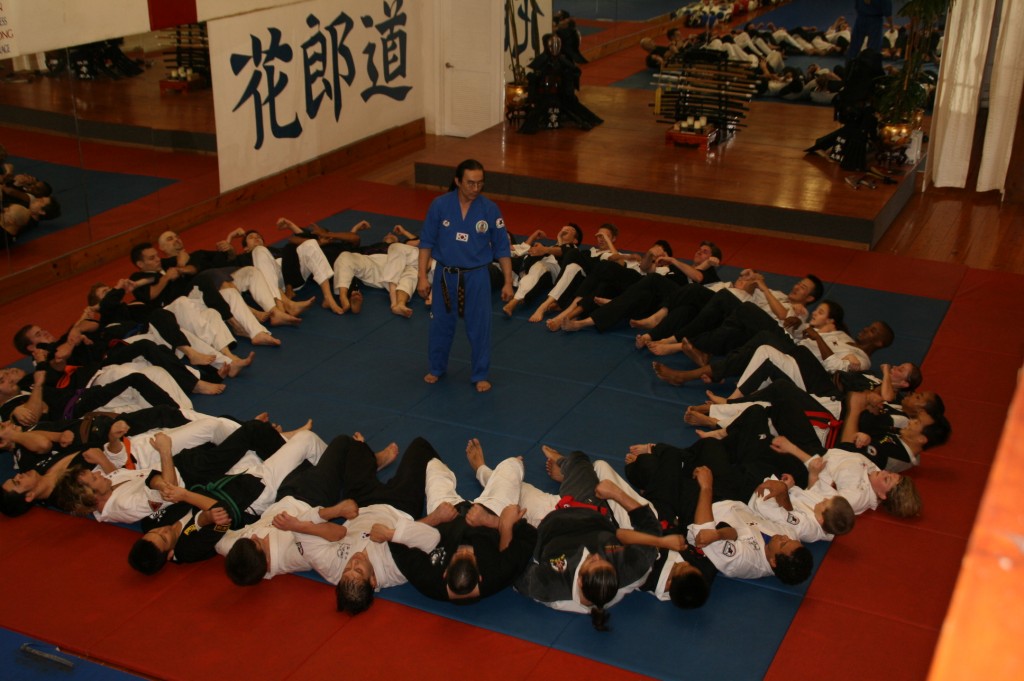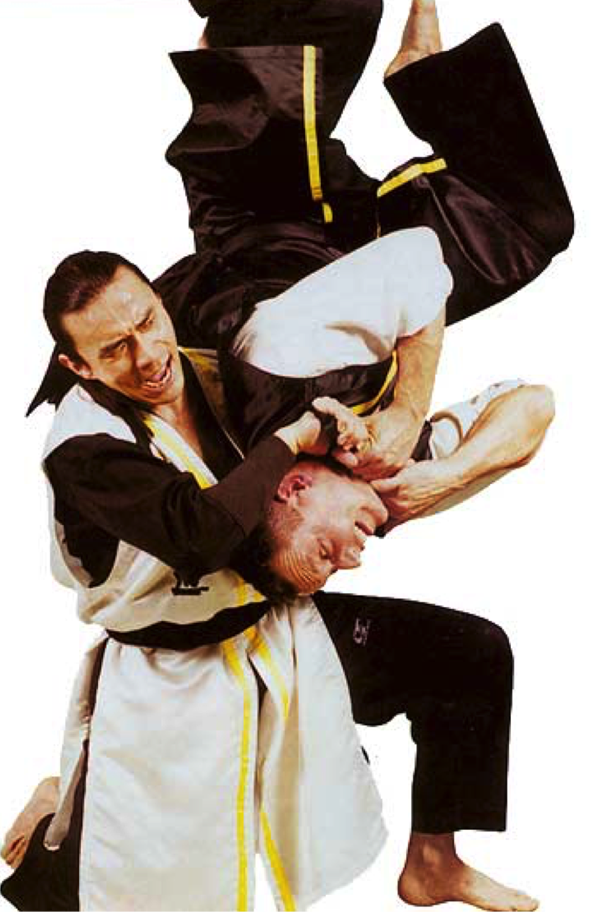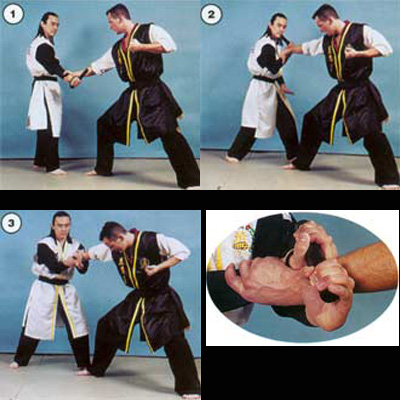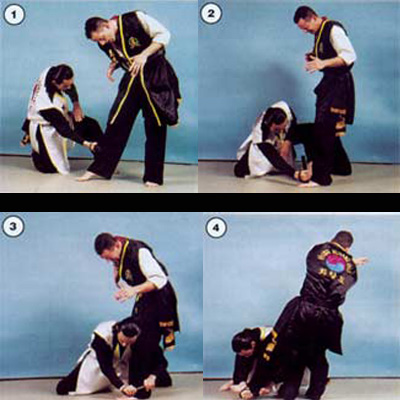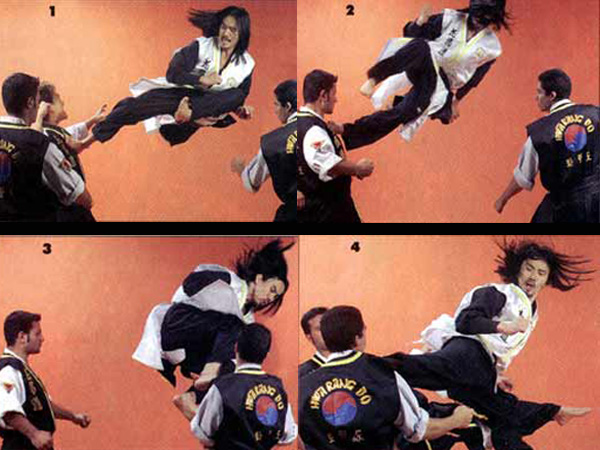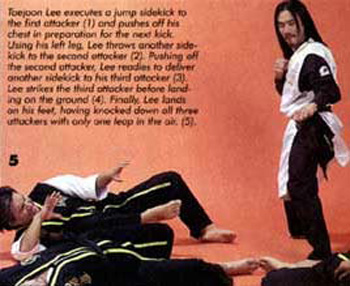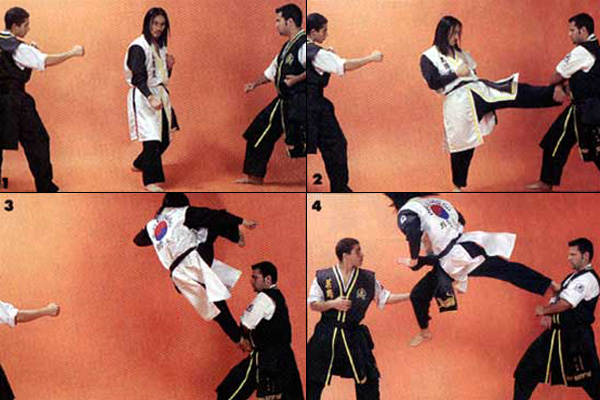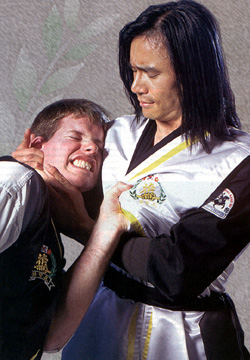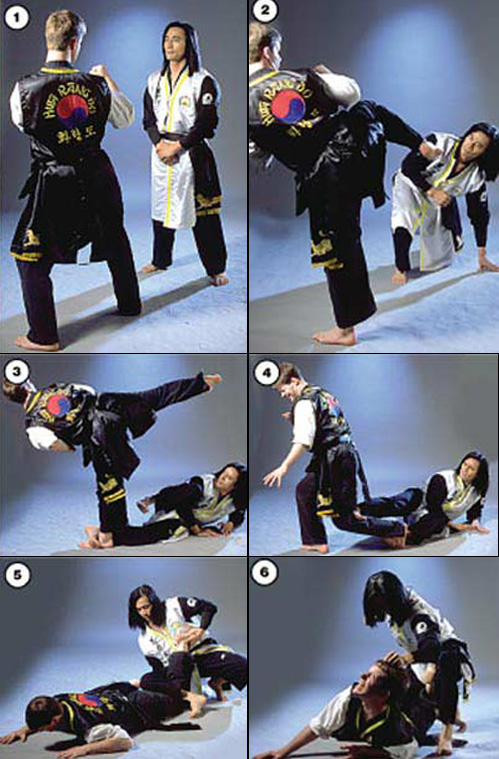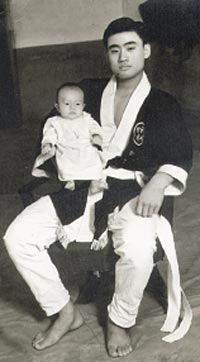Hope everyone had a nice holiday break, rekindling familial bonds and sharing the joys of love and friendship.
For those of you who followed my 2009, Year of the Ox, New Year’s Message of hard work indicative of the ox, you should now be in good shape to spring into action. Just working hard at planning and developing does not guarantee success; you must set it in motion, put into action!
2010 is the Year of the Tiger. It’s the year of being courageous, bold, and taking initiative. It’s all about implementation and taking risks. If you have done the right work in the year of the OX, then your risk will be far less. Nevertheless, there’s always risk and one should not fear it.
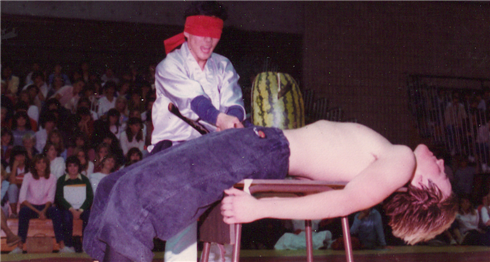
risk – noun
1. exposure to the chance of injury or loss; a hazard or dangerous chance: It’s not worth the risk.
So the fear of taking risk is then the fear of injury or loss. Life is about decisions and most of our decisions are based on assessing the risk. This is where as a martial artist or better yet; as a modern warrior we have the advantage or at least we should. Essentially in our training we address these two most fundamental fears, the fear of injury and the fear of loss.
In sparring or fighting – you cannot expect to strike without being struck, inflict pain without receiving pain, and win without losing. And even more so for us Hwarangdoists, before a student can apply joint-manipulation techniques on a person, the instructor first applies the techniques on him/her so that they can feel the pain first before they can perform the techniques on anyone else.
As I have said many times before, it’s the imagination that fuels the fear. So the greater your imagination, the more fantastic your fears become. The foot soldiers on the frontlines do not need to think as much as take action; too much thinking delays action and intensifies the fears. The generals/commanders require less physical action, but more strategic planning. The goal for Hwarangdoists is to always strive for balance and this also applies here.
We must be both educated intellectuals as well as possess heightened physical attributes in all areas. Thought without action is worthless and action without thought is perilous.
We perform magic or miracles daily. We create a conception in our minds from nothingness, the invisible and then through our actions we materialize our thoughts into tangible/physical reality. Of course this does not happen at the waive of a wizard’s magic wand, but in essence that’s what we are doing, creating something from nothing, from thought to reality. And, action is the bridge from the immaterial to the material.
Hence, whatever we can create in our minds, then we should be able to create in reality. So, all we have to do is to choose and then commit to the action until it comes to fruition. All great things in the world came from one person’s mind, who put the thought out into the universe and sparked the imagination of the collective humankind.
So, then why are so many people lost and unhappy?
For me the answer is simple: we are enslaved by our fears, which forces us to focus on the risk rather than the reward. And, with the added element of “human inertia” which makes us seek for complacency and apathy disguised as comfort, we dwell in thought and become idle in action. And to make things worse, we are constantly bombarded with distractions by the media & technology, taking away the time for introspection and enhancing the illusion of happiness.
Therefore, the first thing is to take the time to know ‘thyself’: Who am I? What do I want and just as important what do I don’t want? What do I need? What do I want to do with my life? Then, the second thing one must do, which for most people is the hardest thing and the reason for abandoning their quest for what they want – taking action!
After investing much time into discovering the ‘self’, now one must put it into action. Although, it’s clear in our minds, the work, the struggle, and the hardships, which one must endure in order to make something a reality overwhelms and deters any normal persons’ decision to stay committed to their quest. Therefore, the next vital component is to cultivate courage, the hardest to procure.
Any person can be courageous, but in order to cultivate it, one must fertilize it with strength. This strength is not of the body or the mind alone, but it must be of mind, body, heart, and spirit.
Strength is not only about what more one has – more muscle, more money, more knowledge; it’s also about tolerance, endurance, patience, compassion, and wisdom. And all these attributes are gained empirically, so it can be taught and more importantly self-taught. They are learned by challenging oneself to accomplish difficult tasks: whether it be attending the strictest of schools, doing something no one or only a few have ever done, daring to go places where no one has been, striving for perfection. And through their struggles, their pains, their sufferings, they emerge stronger and more courageous. As I always say to my students, “One cannot build a fortress out of marshmallows,” then you cannot build a stronger you without hardship.
Then, as warriors we should not be afraid of the pain, the hardship as we face these in every training session, every class, daily. We know that the fear imagined is far worse then what is real. We were all afraid the first time we engaged in sparring, but after we have done it, we scoff at it like it was nothing. It’s the worrying that kills, not the problem.
We also know that you cannot inflict pain without knowing pain yourself. Then, we should not be afraid as we also realize that we can be much more tolerant to pain once imagination is out of the equation.
Furthermore, we also know that although we may lose today, that with practice that we can win tomorrow. We know of personal sacrifice and that you cannot gain if do not give up and that the only true loss or failure is in quitting.
We do not live life to die; we do not engage in competition to lose; we do not fight to get beat up: so, why should one be afraid to choose one’s life path and to live the way one wants. Don’t fixate on the bills, go out and make more money. Don’t worry about losing your mate, get up and stay in shape and invest in your betterment. Don’t be afraid to start your business venture, go out and learn more and educate yourself. Don’t ask if something is easy to do, get stronger and better at it. Don’t ask if you can, ask what you’re willing to give up.
In the end we will lose everything anyway!
Let us roar like a Tiger in 2010!
Hwarang Forever with Strength, Honor, & Courage!
Grandmaster Taejoon Lee

